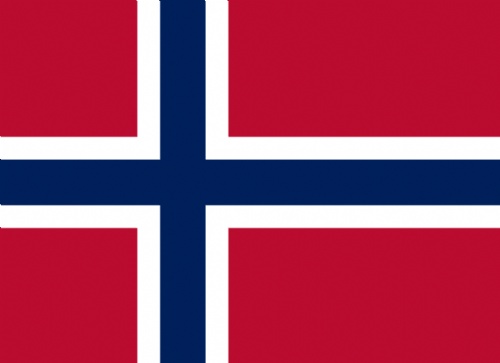Now in its twelfth year, Class 46 is dedicated to European trade mark law and practice. This weblog is written by a team of enthusiasts who want to spread the word and share their thoughts with others.
Click here subscribe for free.
Who we all are...
New Trade Mark Act coming into force in Norway
 Barring any further delays, a new Trade Mark Act will finally come into force in Norway on 1 March this year. Thomas Hvammen Nicholson explains the highlights.
Barring any further delays, a new Trade Mark Act will finally come into force in Norway on 1 March this year. Thomas Hvammen Nicholson explains the highlights.
As a member of the European Economic Area (EEA), Norway is obliged to implement most of the latest EU Trade Mark Directive.
Many of the changes will be familiar to those already working with EU trade mark law, but the new Act includes some considerable amendments to the current approach to trade mark law in Norway.
Main points in preparation for the March enforcement date
- One immediately felt change is that the basic fee for trade mark filings and renewals will no longer cover three classes, but only one. Multi-class applications filed, and renewals made prior to the passing of the law, will therefore be less expensive.
- Another significant change concerns the scope of protection of figurative marks in black and white. In 2014, Norway took part in Convergence Programme 4 (CP4) that covered the scope of protection for such marks. Due to Supreme Court case law, Norway was not able to agree to the overriding principle in CP4 that the scope of protection is limited to the mark as represented when assessing the identity of marks. This was due to Norwegian case law, which specifically states that a mark in black and white shall have protection for all colours.
This is now dealt with by way of a transitional provision whereby marks filed prior to the new act coming into force shall be deemed to cover all colour variants. The scope of protection for marks filed afterwards will be limited to the colours in the representation. Owners of affected marks should therefore assess whether the scope of protection is sufficient before 1 March and consider whether filing a new application is necessary.
- There will no longer be a requirement for graphical representation, allowing for the filing of trade marks in other formats, such as video and sound.
- As in the EU, “another characteristic” is added to “shape” as a ground for refusal for a mark which results from the nature of the goods, is necessary to obtain a technical result or gives substantial value to the goods.
- Geographical indications will be introduced as an absolute ground for refusal. Geographical indications include wine and spirits protected in the EU, and foods if they are registered under the Norwegian system Matmerk.
- A bad faith provision will also be included as an absolute ground for refusal. This is good news for rights holders as the current bad faith provision is a relative ground requiring a likelihood of confusion, which can be quite limiting.
- Notably, as one of few countries in the EEA, Norway will continue to examine applications based on relative grounds. Absolute grounds are maintained as a possible ground for opposition.
- Another major change concerns the introduction of “proof of use” as a defence in oppositions as well as in cancellation and infringement actions.
- Madrid System users will welcome the possibility of requesting the division of a designation for an International Registration.
- The position of rights holders will be strengthened. This includes the EU’s rules on transit of goods, which give trade mark owners recourse to prevent transit of goods bearing an identical trade mark for identical goods.
- Regarding trade marks as an object of property, it was only a few years ago that the Department of Justice opposed introducing provisions for the security and execution of trade mark rights. They have now accepted the inevitability of these EU rules, and it will be possible to obtain security or execution of trade mark rights which have not exclusively been established through use.
- What has been recorded on the Norwegian IPO registry also becomes more important. Annotations in the trade mark registry will extinguish rights that are not notified on the same day or earlier.
Steps to take now
In summary, the new Norwegian Trade Mark Act brings Norwegian trade mark law up to date with EU law, strengthening the position of rights holders and increasing the importance of trade marks as objects of property.
In more practical terms, before 1 March, rights holders should consider the window of opportunity to obtain protection of a figurative mark in all colours through one registration in black and white.
Also, costs can be saved by filing or making renewals prior to 1 March. Renewals may be filed as early as one year before the expiry date.
Thomas Hvammen Nicholson is Partner at Brandit in Norway and Vice Chair of the MARQUES Copyright Team
Posted by: Blog Administrator @ 08.45Tags: EEA, Directive, Norway,


 Sharing on Social Media? Use the link below...
Sharing on Social Media? Use the link below...Perm-A-Link: https://www.marques.org/blogs/class46?XID=BHA5148

